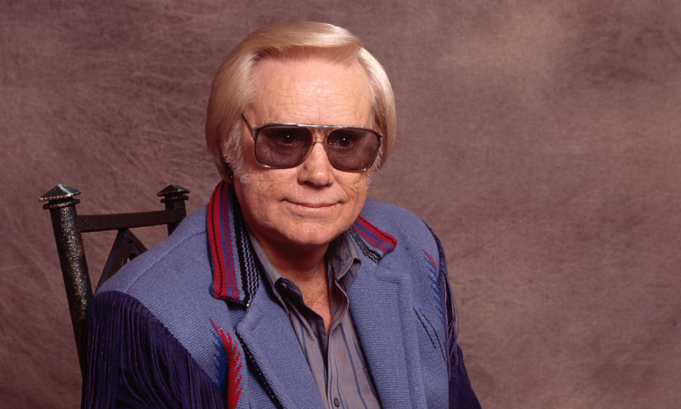George Jones, one of the greatest voices in country music history, passed away at the age of 81, leaving behind a legacy that spans decades of unforgettable songs, turbulent personal struggles, and legendary tales that only added to his mythos.
Born in Saratoga, Texas, Jones rose to fame on the Houston-based Starday Records label, eventually becoming one of the most decorated and best-selling male vocalists in country music. His signature ballads, like “He Stopped Loving Her Today” and “Color of the Blues,” cemented his reputation as the ultimate interpreter of heartbreak. But Jones also had a mischievous, rowdy side, reflected in upbeat songs like “White Lightnin’” and “The Race Is On.”
Despite his unmatched talent, Jones struggled with alcohol and drug abuse for much of his career. His stage fright and hard-living ways earned him the nickname “No-Show Jones” due to his frequent absences from performances. His wild antics—brawls, arrests, and even firing gunshots into the floor of his tour bus—were the stuff of legend, long before today’s era of tabloid celebrity culture.
One of the most famous stories about Jones is the now-iconic “lawn mower story.” At the time, he was living in Southeast Texas with his second wife, Shirley Corley. In an attempt to keep him from drinking, Shirley hid the keys to all their vehicles before leaving the house. But she forgot one thing—Jones still had access to his riding lawn mower. Fueled by determination (and a likely desperate craving for liquor), Jones hopped on the mower and rode eight miles into town at a sluggish five miles per hour to buy booze.
Later in life, Jones found stability, sobering up and settling down with his fourth wife, Nancy, who helped him turn his life around. But his past escapades remained legendary, making him one of country music’s most colorful and beloved figures.
With his passing, country music lost a true icon, a man whose voice could bring tears with one note and whose life embodied the highs and lows of the genre itself. Rest in peace, Possum.









